How an Award-Winning Pro Photographer Fell Back in Love With Photography

New York-based photographer Lanna Apisukh has had a fascinating path to professional photography. The talented portrait, food, and documentary photographer has been an elite gymnast, a skateboarder, and worked in the corporate world before finding her footing as a pro photographer.
Apisukh sat down with PetaPixel to discuss her career, unique artistic voice, and how she works hard to improve visibility and representation in photography as a Thai-American photographer. The Fujifilm ambassador also spoke about a recent honor: winning the International Photographic Council’s (IPC) 2025 Professional Photographer Achievement Award.
The IPC Professional Photographer Achievement Award
The International Photographic Council has been dedicated to showcasing the power of photography since 1974, highlighting the medium’s immense power to enrich communication across different cultures. The awards ceremony, held in May at the United Nations in New York City, provided Apisukh a rare, welcome opportunity to reflect and celebrate her career with her supportive parents.
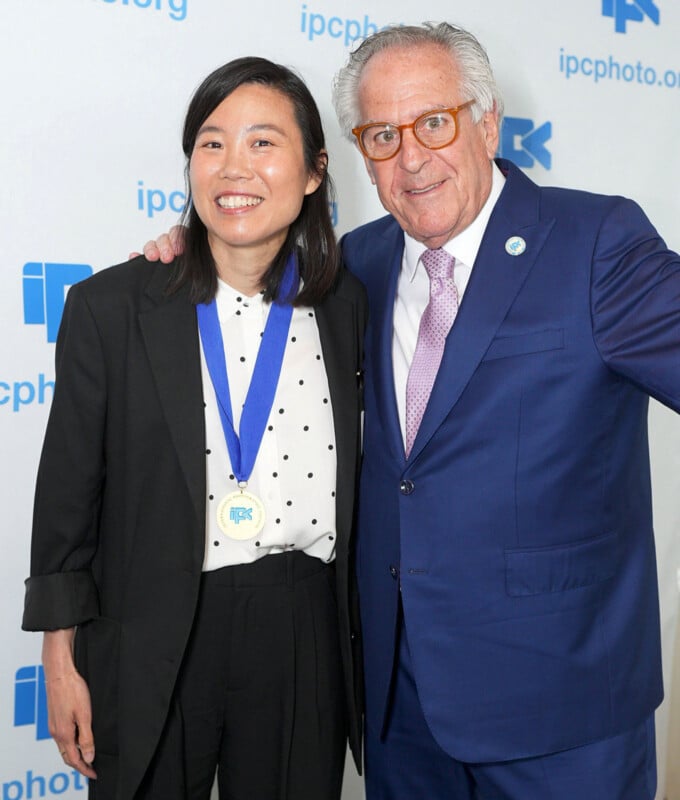
“I was just in shock,” Apisukh says of winning the IPC Professional Photographer Achievement Award. “I thought, ‘That’s so nice of Fujifilm to nominate me.’ I’d never won an award before, or a physical award.”
“It’s literally a medal you get and it’s put around your neck like you’re at the Olympics or something, and that was really special,” the photographer tells PetaPixel. “I felt so proud in that moment.”
Apisukh found out that she had won just a few weeks before the ceremony, so she quickly told her parents, and they flew into town to join their daughter at the awards luncheon.
“I think that was one of my favorite parts, just having my parents there to share the award and experience with,” Apisukh says.
Apisukh, like so many photographers, even ones as talented as she is, found it hard to believe she was sharing the stage with longtime industry veterans like photojournalist David Burnett, John Gress, David Bergman, Jean Fruth, and others.
Apisukh was also there alongside another Fujifilm ambassador, Yolanda Hoskey, who won the 2025 Photographic Rising Star Achievement.
“I was so happy for [Yolanda],” Lanna says. “She’s just so talented!”

Growing Up in a Supportive Environment
For Apisukh, having her parents at the awards ceremony was especially meaningful. While she says they have always been supportive of all her endeavors, it took them a little bit to get fully on board.
“They get it now, they fully, 100% get it. Now that I’m getting bigger jobs and assignments with big publications and awards now, they’re just super proud and very supportive of what I do,” Apisukh says. “I’m so grateful to have them as my parents, they’re always cheerleading, and it feels really, really awesome.”
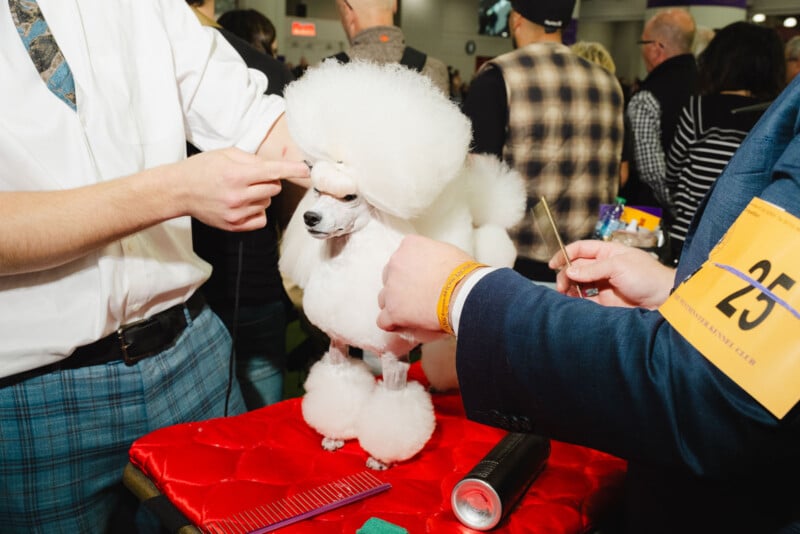
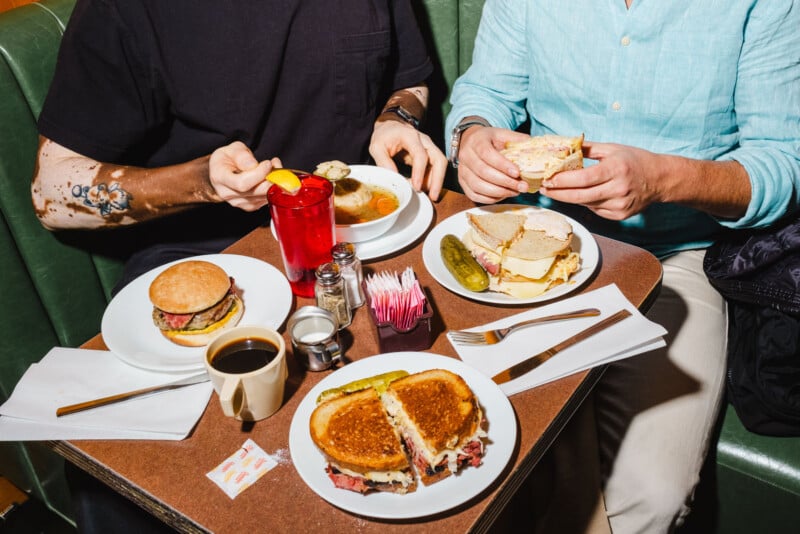
However, she admits that when she left her full-time, 9-to-5 office job in tech, “a great salary job with good money,” to pursue photography full-time, her parents were confused.
“That’s pretty normal. I think for most parents have have children trying to pursue a creative career or photography, they’d react the same way. I think I would if I were a parent,” Apisukh says.
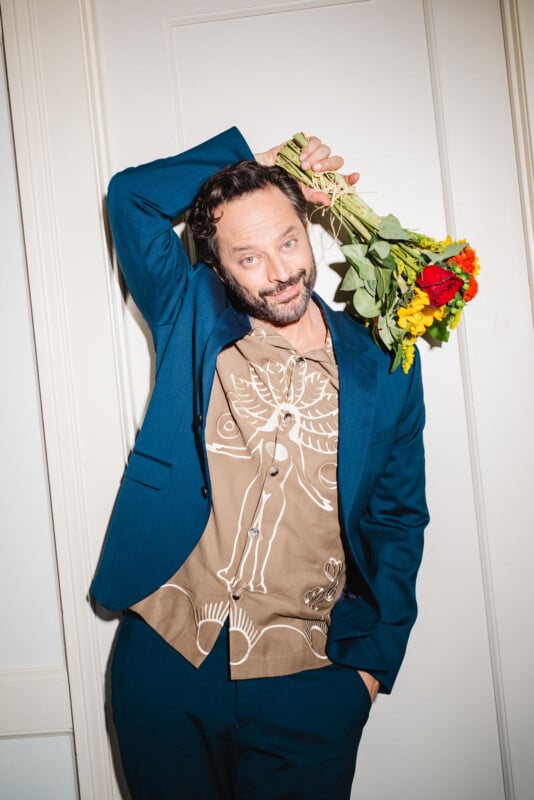
It’s a considerable risk going into a creative field, especially as a freelancer, and especially when it means giving up a stable, secure job.
Apisukh’s parents have fully come around now, especially as their daughter gets new and greater opportunities not just to make a living but to make a meaningful impact on the world through photography.
Lanna also attributes her upbringing to helping her stay driven and hard-working in everything she has done. From the early-morning gymnastics training sessions before school to becoming a talented skateboarder, she has also been self-motivated and laser-focused.
“That sort of ‘gymnastics’ mindset has helped me along my way as a creative person. As a freelancer, you’re always having to hustle and you’re out there by yourself. So I think my background was good training for me now as a freelance photographer.”
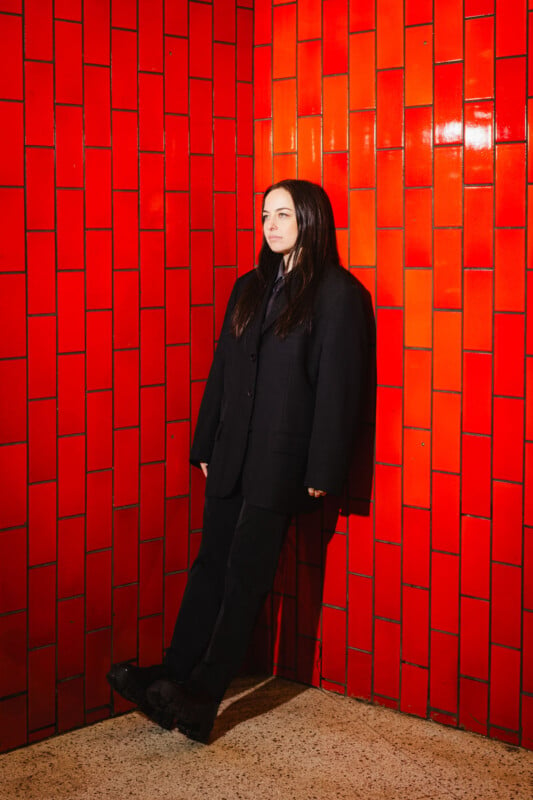
Finding, Losing, and Finding Photography Again
As for her photographic journey, Apisukh first picked up a camera in high school. While she says her dad “always carried a camera or video camera” around her and her brother when they were growing up and was constantly documenting the family — “we have stacks and stacks of photo albums and archives of family memories” — Apisukh herself felt inspired to document her world.
“I subscribed to so many different fashion magazines, Vogue, Harper’s Bazaar, 17, all those magazines. Seeing those images was really inspiring. I always wanted to be able to make portraits like that,” the photographer says.
When she eventually got her first camera, a “point and shoot,” Apisukh quickly became “obsessed.”
So when she went to college, Apisukh majored in photography.
However, she admits the pictures she made “sucked really badly.”
“It was horrible. I didn’t know how to use a camera. Then I was trying to figure out shutter speed and ISO and aperture, the technical parts, and burning and dodging prints in the darkroom,” Apisukh recalls. “I loved making the image, but I felt like I wasn’t getting the results I wanted.”
Apisukh says she lost her drive and lacked the talent she wanted. She eventually switched her major to English.
“I knew I wouldn’t get anywhere with photography with the pictures I was making back then,” she says.
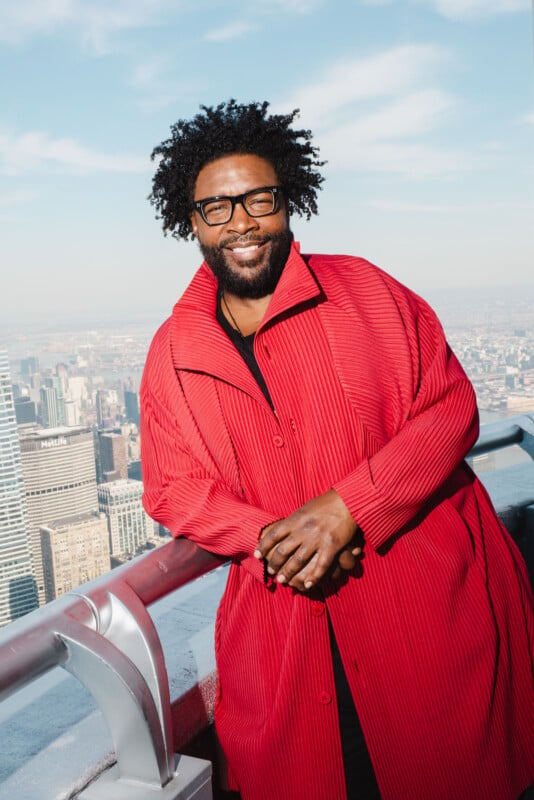
So the teenager who fell in love with photography because the young adult who had left the camera behind, and it stayed that way for years.
However, when Apisukh moved from the Pacific Northwest to New York after college, she eventually found a reason to pick a camera back up again.
“I needed something I could travel with to visit some friends in Europe,” Apisukh says. She bought a Fujifilm digital camera, got on a plane, and felt her love for photography — documenting her world — return.
With a fresh new energy for capturing images, the self-motivated photographer dove back into photographic education, albeit without the pressure of a college tuition hanging over her head.
“I took a ton of workshops. There was a place, Brooklyn Central — it’s no longer around. My friend Justin Lin, a professional photographer for many years, opened a small photo school in Dumbo and I took every class they offered. When I finished that, I wanted to continue to pursue photography again and learn more and get formal training, so I went to the Fashion Institute of Technology,” Apisukh says.
“I did a certificate program, used the darkroom again, learned post-production, like Photoshop and Lightroom, learned studio lighting,” she continues.
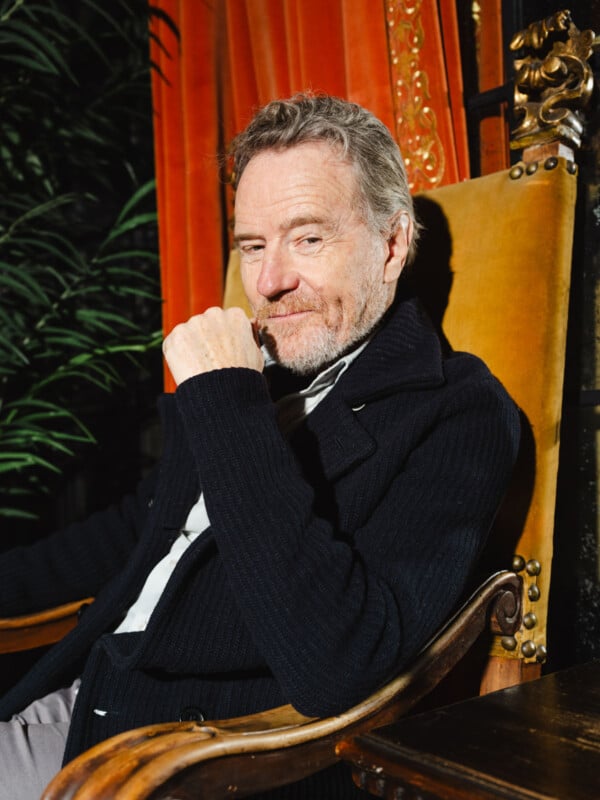
Apisukh had the creative space to play and experiment, and soon enough, she was getting photo jobs. This was in 2018, and by 2021, she was full-time.
She cites the creative energy and community of New York City as a big reason why she found her way back to photography and had much better success the second go-round.
She also found her way back to shooting film, which she has always loved, but was not always able to get the results she wanted.
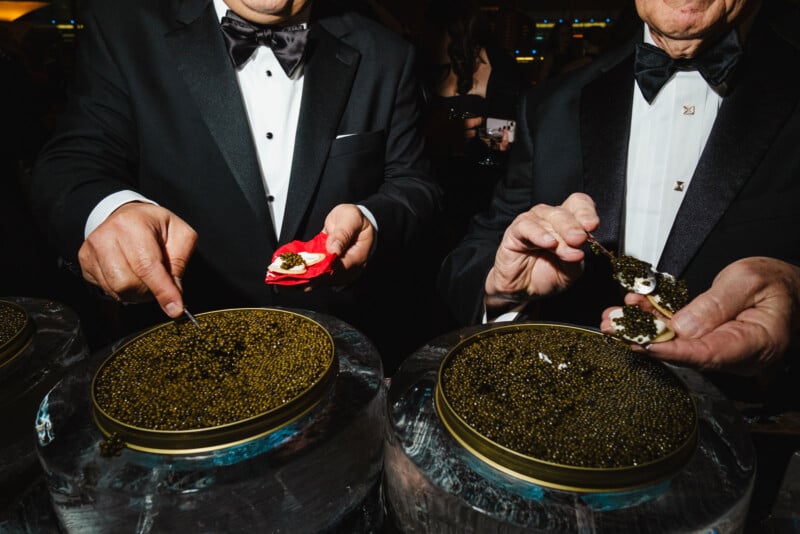
Shooting film again forced Apisukh to slow down, which gave her a better chance to talk to her subjects and capture more powerful portraits, a recipe she has since carried through into her digital work. She shoots film when she can, but says specific jobs simply require digital cameras instead.
“I use both. I’ve done some assignments on film, but shooting with digital is a lot more economical and practical,” Apisukh says. When doing editorial work where clients need photos immediately, digital is sometimes the only viable option.
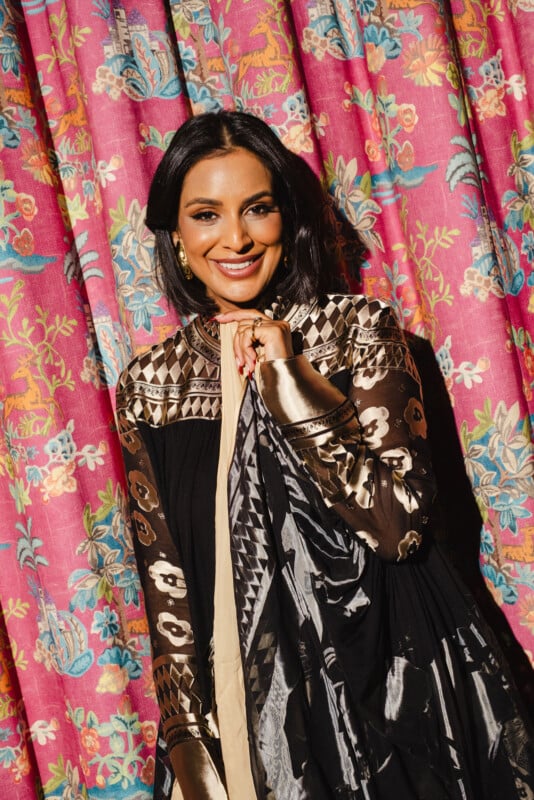
Creating a Studio on the Street
Much of Apisukh’s portfolio comprises portraits taken out in the real world, on location, and event coverage photojournalism. While it would be nice to have studio lights in every situation, it’s simply not possible. For Apisukh, a small off-camera flash can do a ton of heavy lifting.
“I like being in control of where the shadows fall and what’s being highlighted in the scene,” she says. “I also love color, and I think [flash] really helps the color pop and helps the subject pop a bit more.”
She likes holding the flash in her left hand, camera in the right, and shooting with complete flexibility and freedom in the moment.
An expert portrait photographer, Apisukh gravitates more towards the same lenses that a street or documentary photographer might use, like a GF 50mm f/3.5 on her Fujifilm GFX 100S II camera or a 23mm prime on her Fujifilm X Series bodies, which each offer around the same equivalent focal length (40mm and 35mm).
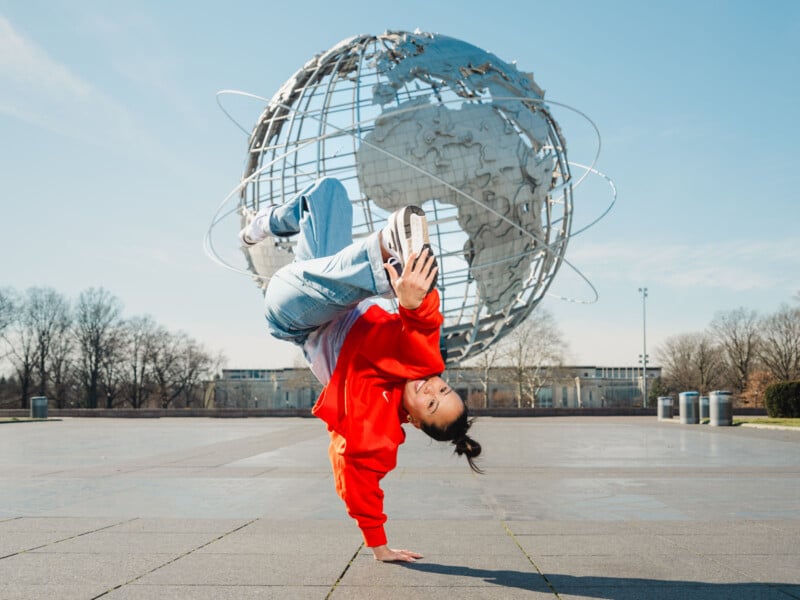
She also generally resists the siren call of portrait photography to use the fastest possible aperture at all times and completely soften the background.
“I remember at the beginning of my career, I was shooting a 50mm f/1.8, a ‘nifty 50,’ and I was like, ‘Let’s just see how blurry we can get the background.’ I think every photographer goes through that phase,” Apisukh remarks. “But I’m like, ‘What the hell is going on in the background?’ I want to see what’s happening back there to tell the story. So yeah, I’m shooting a little bit wider for events and sometimes portraits too.”
Embracing and Empowering Diversity in Photography
Alongside being a Fujifilm ambassador, Apisukh is a member of Diversify Photo, an organization dedicated to providing more changes for non-western, BIPOC, and visual creatives from underrepresented groups to develop their skills, build their network, and be considered for opportunities and jobs.
“Diversify is amazing,” Apisukh says. “I applied to their group in 2020 — they were doing a call for photographers — and I was applying to every grant I could.”
“It’s been amazing for me as a photographer, as a resource, and just the opportunities that have been provided through being a part of Diversify. They’ve really changed the culture in the photo industry and they’re championing diversity and getting more jobs for BIPOC photographers.”
Apisukh recalls her first job for The New York Times, its Styles desk, coming through Diversify after a photo editor at the Times found Apisukh in the Diversify database.
“It’s really changed my career,” Apisukh says.
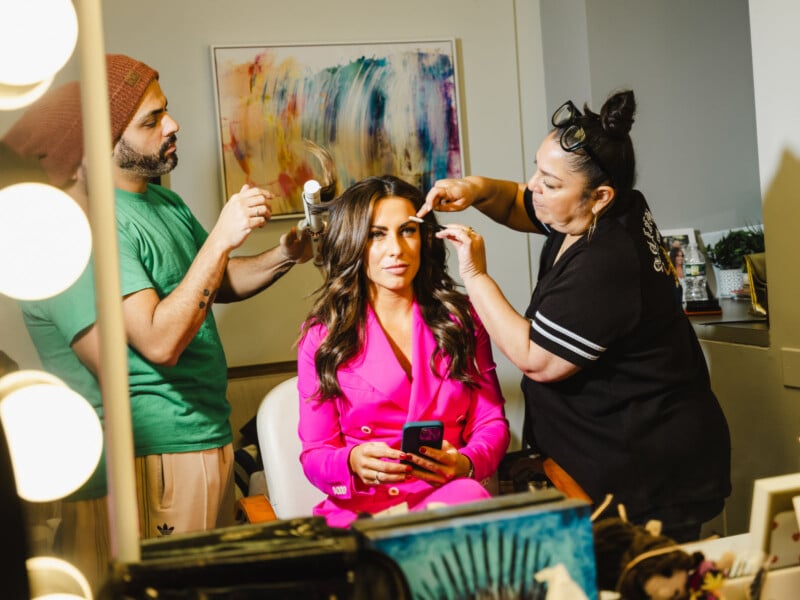
Apisukh says that since Diversify Photo started in 2017, she has seen so many more bylines for BIPOC photographers. “It’s really great to be part of that community.”
Apisukh notes that it can be crucial when covering specific communities to have photographers who are actually part of that community. For instance, a woman photographer who skateboards is a much better fit to photograph women who skateboard in New York City.
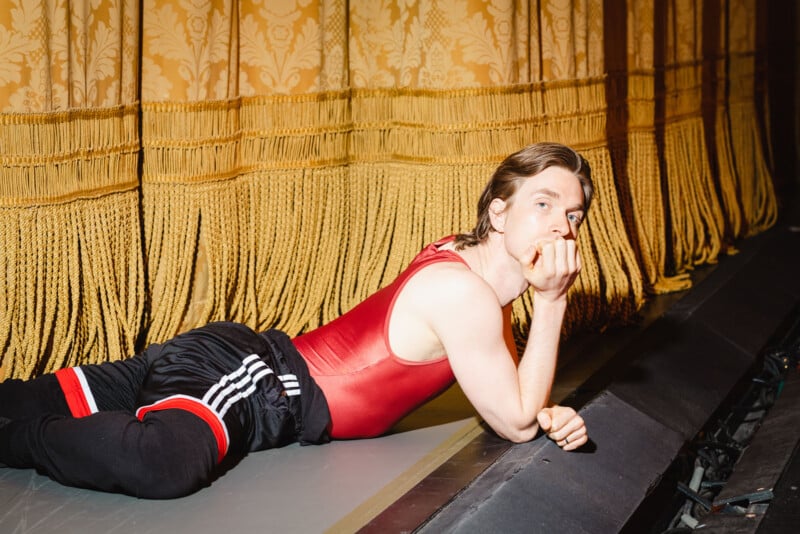
“It’s good to use a photographer from that community to make images for a campaign, brand, or story, and I’m glad more editors and producers and buyers are recognizing that more and more,” Apisukh says.
Keeping the Creative Flow Through Personal Projects
While Apisukh keeps a steady rotation of professional jobs, she also makes time for personal projects. Her series on women and non-binary skateboarders, Everybody Skate, has not only continued to be an amazing project for her on a personal level but has also helped open new professional doors, too.
![]()
Freshman chronicles the life of an American teenager and high school student, Atticus Klasek Stanndard, as he navigates growing up in a new place.
Ordinary Observations is an eclectic collection of seemingly regular objects presented in very irregular and creative ways.
One of Apisukh’s ongoing personal projects, Permanent Vacation, focuses on her elderly parents as they live an adventurous life in retirement.
“They had their own Thai restaurant in central Florida and were working nonstop, didn’t take vacation days. Restaurant work is really hard work, so now they’re just living their best lives and enjoying retirement,” Apisukh says. “It’s been so fun to follow them in their leisure time now. It’s been a great project for me and it gets the creative juices flowing. There’s no deadline, I’m just doing it on my own time, and it’s been enjoyable using photography to connect with family.”
![]()
While Permanent Vacation is relatively new, and really just for fun, Apisukh says it has already led to some new professional opportunities.
“[My parents] are really adventurous people. They travel more than I do, I think. I mean, I know for sure they do. They’re always out in the world doing stuff,” Apisukh says. “Ever since they retired, I feel like they’re just doing all this stuff.”
And sometimes, Apisukh is there, armed with her camera, capturing her parents’ adventures.
“I was at Photoville in June and I had an exhibit with their images,” Apisukh says of her parents, who came to see it with their daughter. “They were so excited about that, and that was really special.”
“That right there was why I do this. I got to make my parents happy and proud. Good old-fashioned family fun.”
Image credits: All photographs by Lanna Apisukh unless otherwise noted. You can see more of her work on her website and on Instagram.



